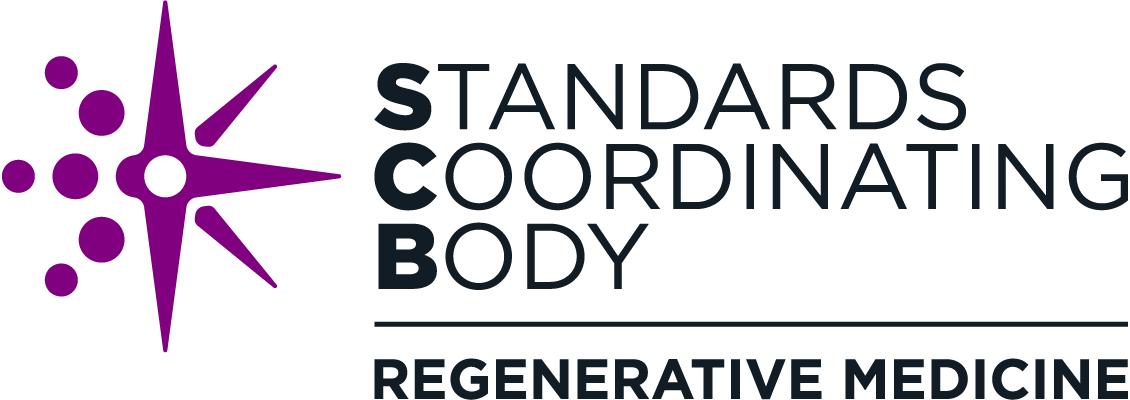SCB Launches New Project on Advancing Bioink Standards
Washington, DC (January 23, 2019) — One of SCB’s newest standards advancement projects, Specification for Printability of Bioink, centers on the intersection of regenerative medicine with another emerging field: additive manufacturing. In bioprinting, a 3D printer is used to synthesize living tissues, opening up opportunities to simulate tissues, bone, blood vessels, and, eventually, whole organs. Additionally, simulated human tissues have the potential to greatly accelerate pharmacological testing timelines when compared with animal subjects, which could speed the time to market for a host of new therapies and drugs. To help realize this potential, SCB is helping to coordinate the development of standards for bioink, the material used in bioprinted tissues to mimic the extracellular matrix that supports cells.
The process of 3D printing bioinks is complex, with numerous variables related to the properties of the raw materials, the settings and characteristics of the printer being used, and even the path taken by the printing nozzle as it constructs the material—all of which can have a significant impact on the end product. Standards in this area will allow the various academic and industry stakeholders working on bioink product development to take a unified approach to these challenges, preventing duplication of work and establishing a common set of quality targets.
The need for this standard was initially recognized by Liisa Kuhn, an Associate Professor at University of Connecticut and the chair of the ASTM F04.42 committee, who was working on bioink specifications with her graduate students. SCB stepped forward to offer support for her efforts by confirming broad industry need for the standard and engaging additional experts in the development process. Since joining the standard advancement effort in September 2018, SCB has convened a working group that is currently developing an initial draft of an ASTM documentary standard to define the range of desirable properties of bioinks. This standard will help to establish the consistency and fine-tuned control over product quality that the bioprinting field needs to advance. To supplement these efforts, SCB is also working with the American Society of Mechanical Engineers (ASME) and the Institute of Electrical and Electronics Engineers (IEEE) to coordinate the development of potential standards around the validation of bioprinting equipment and the verification of its electrical components.
The ability to safely and reliably create increasingly complex bioprinted human tissues has the potential to bring a host of benefits to the regenerative medicine space, from creating safer clinical trials to helping patients gain faster access to needed therapies, so SCB is excited to continue to push this project forward.
To learn more about how you can get involved in this project or similar initiatives, contact SCB, or sign up for our e-newsletter (below).
